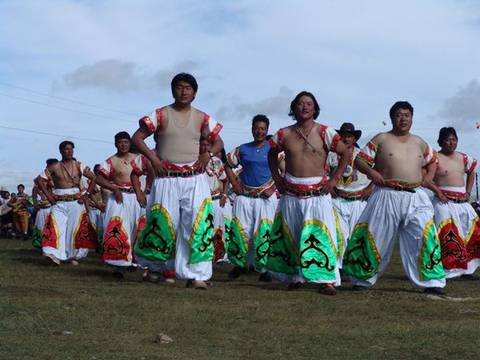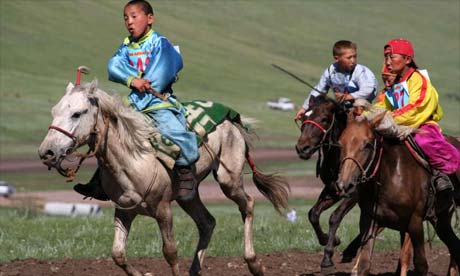
Srirangam is an island and a part of the city of Tiruchirapalli (also known as Trichy or Tiruchi), in South India.
Srirangam is bounded by the Kaveri River (also known as Cauvery river) on one side, and the Kaveri distributary Kollidam (Coleroon) on the other side. Srirangam is home to a significant population of Srivaishnavites (followers of Lord Vishnu, one of the triumvirate of Hindu Gods the other two being Lord Siva, the Destroyer and Lord Brahma, the Creator).
Srirangam is a native of a notable personality of Tamil Nadu, Jayalalitha Jayaram, where she had contested and won in State Assembly elections, 2011.
Ahobila Mutt is also present near Srirangam temple.
Cycle-rickshaws are a primary source of commuting..
There is a library cum park present at a walkable distance to Srirangam temple which contains a good collection of books (mostly in Tamil).
Srirangam is famous for its Sri Ranganathaswamy Temple, a major pilgrimage destination for Hindus (especially Srivaishnavites) and one of the largest temple complexes in the world.
According to the temple's website, Srirangam can be considered the biggest functioning Hindu temple in the world as it covers an area of about 6,31,000 m². (156 Acres) with a perimeter of 4 km (10,710 ft).[1] Srirangam claims to be the biggest functioning temple, because Angkor Wat is the biggest but non-functioning Hindu temple in the world.
Srirangam is the foremost of the eight self-manifested shrines (Swayam Vyakta Kshetras) of Lord Vishnu . It is also considered the first, foremost and the most important of the 108 main Vishnu temples (Divyadesams). This temple is also known as Thiruvaranga Tirupati, Periyakoil, Bhoologa Vaikundam, Bhogamandabam. In the Vaishnava parlance the term "KOIL" signifies this temple only. The temple is enormous in size. The temple complex is 156 acres in extent. It has seven prakaras or enclosures. These enclosures are formed by thick and huge rampart walls which run round the sanctum. There are 21 magnificent towers in all prakaras providing a unique sight to any visitor. this temple lies on an islet formed by the twin rivers Cauvery and Coleroon.
The Srirangam temple complex is composed of 7 concentric walled sections and 21 gopurams.[2] The gopuram of the temple is called the Rajagopuram and is 236 feet (72 m) tall, the tallest in Asia.
The temple is constituted by seven prakaras (elevated enclosures) with gopurams articulating the axial path, the highest at the outermost prakara and the lowest at the innermost. In historic times, just after the construction of this temple, the city of Srirangam lived completely within the walls of this temple and hence is quoted as an example of Hindu religious utopia - during its peak of existence.
The three sacred Ranganatha temples on the banks of the Kaveri are:
Adi Ranga: the Ranganathaswamy temple at Srirangapattana
Madhya Ranga: the Ranganathaswamy temple at Shivanasamudra
Antya Ranga: the Ranganathaswamy temple at Srirangam
There is gopuram fully made of gold which is protected by electrical fence.
The clothes such as Silk Sarees, Dhoti, Towels, etc.., used for God will be auctioned here.
Inside the temple compound, there is a separate temple for the goddess Andal. Additionally, There is a museum, a library and a bookshop as well.



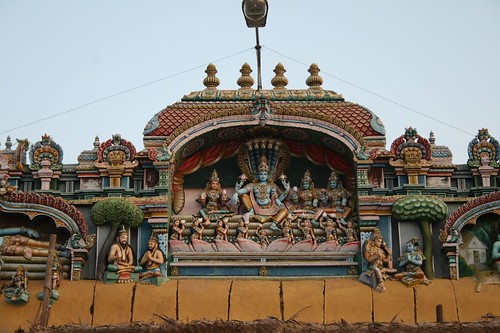























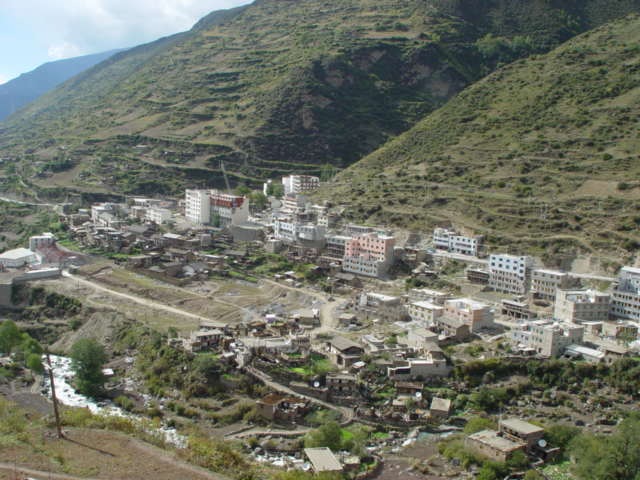






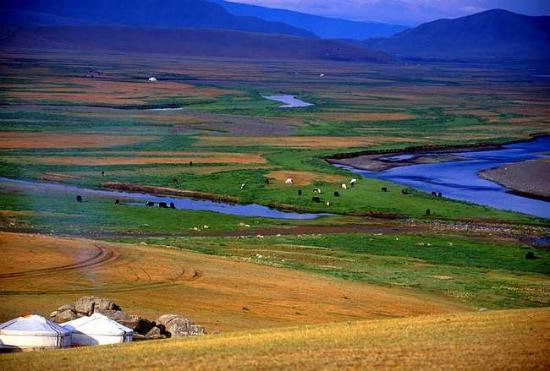
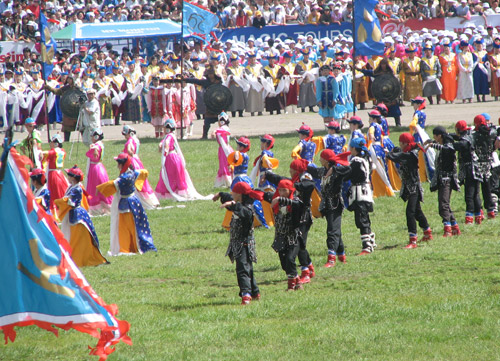
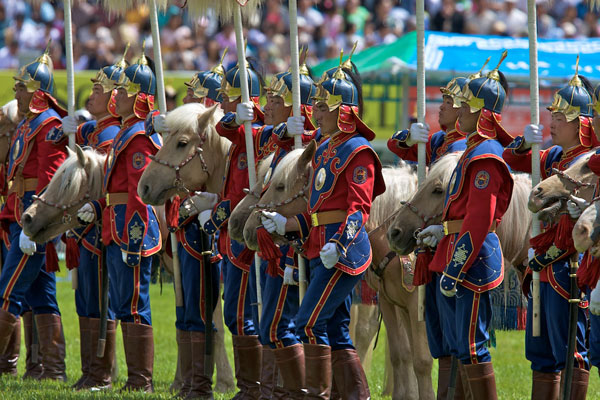
![naadam2[1]](http://acelebrationofwomen.org/wp-content/uploads/2010/07/naadam21.jpg)

